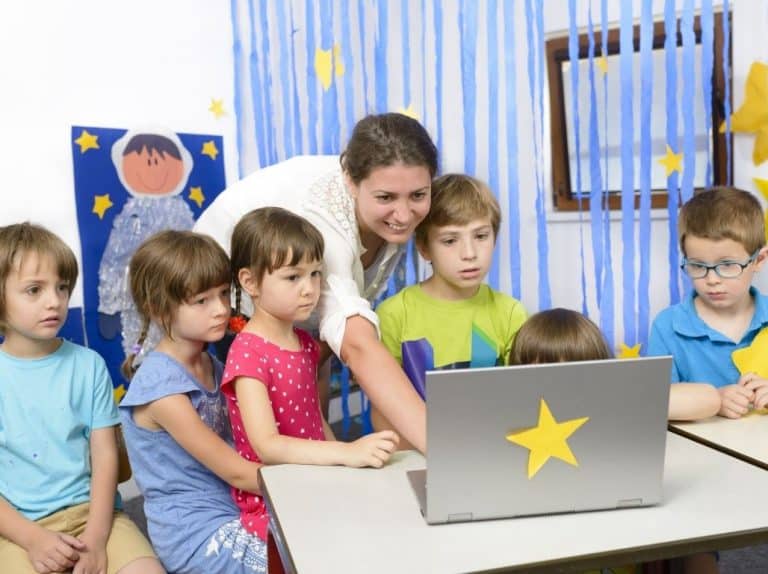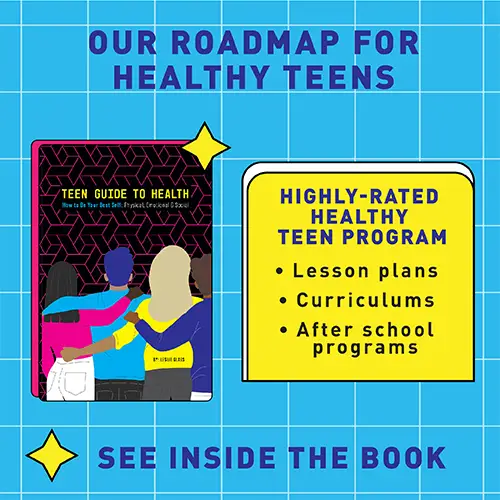Using movies in education at school, and even at home, can be a great way to engage students and your children in learning. Showing movies can ignite children’s imagination and curiosity even more than hearing a lecture. Kids use all their senses, and absorb many more kinds of artistic concepts. Furthermore, parents homeschooling over the summer and fall, and teachers returning to the classroom can use the concepts in movies to enhance their curriculums and lesson plans. Fun projects can be designed around the subjects in movies. It’s a modern approach to learning that teachers are beginning to use to promote emotional growth as well as intellectual growth. And movies are accessible through the Internet and TV.
What are the good movies about change and growth for children
There are movies about change and growth for children that work well for education and others that school boards and parents might object to. We’ve seen parents in some areas outraged by subjects shown in movies in their classroom that are completely normal and acceptable at other schools. So there can be a downside to picking the wrong movie for your students or children at home. But there are plenty of advantages to using movies as a teaching tool wherever you are. Documentaries about science and nature and so many other subjects are a great form of educational movie to show older kids.
Pros of using movies in education
Movies are entertaining. You want to keep students engaged? Then show them a movie that peaks their interest. They will be engaged visually, and be able to pay attention and concentrate more than they might listening to a teacher lecture. Seeing movies may also keep ideas alive in their memories for longer. What memories do you have from movies you saw as kids?
Movies can ignite curiosity to learn more and dig deeper into a subject. Teachers can use the concepts in movies to explore relationships, teach writing and research techniques for kids to learn more.
Movies teach what’s heathy and unhealthy in relationships, and they can be an exciting break in routine. Showing a movie from time to time can bring enthusiasm and excitement to the classroom.
Cons of using movies in education
Movies are time consuming. If you’re at home schooling, using a movie as part of your lesson plan can be a great way to use up some long hours in the day. Teaching a class at school, however, means allocating time for teaching crucial subject in the most effective ways. Movies take longer than a a classroom session. One way to use movies at school is to screen part a a movie, give a lesson about what’s happening, and then show more of the movie on a different day.
Another con is the limited content and information that movies add to education related to testing. Every movie teaches something, but not always what teachers need to get across quickly. In addition, movies may have inaccurate information that needs explaining. Producers don’t always follow truth in their storytelling. That can be a problem and a distraction. Movies that need a lot of explaining don’t further education.
In appropriate content is another factor to consider when choosing a movie to screen either at school or at home. We all have to pay attention to what kind of content we are choosing to show our children because of the ideas they may take away from the experience. Having movies about change and growth for children in classrooms, and at home, however is one excellent tool to bring bring excitement to learning and to engage students on emotional and intellectual levels.





















